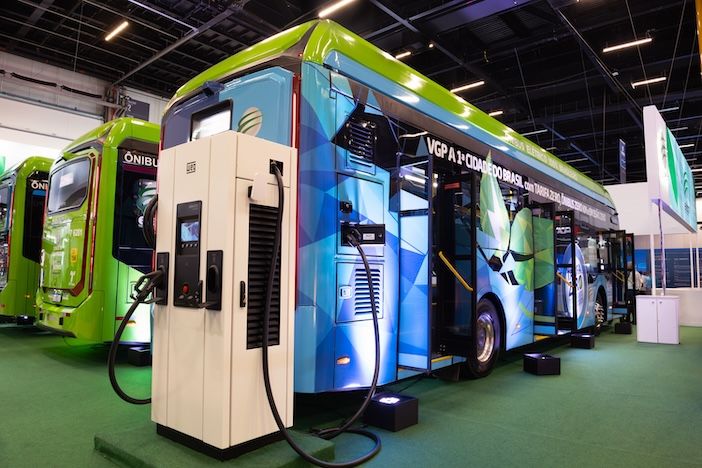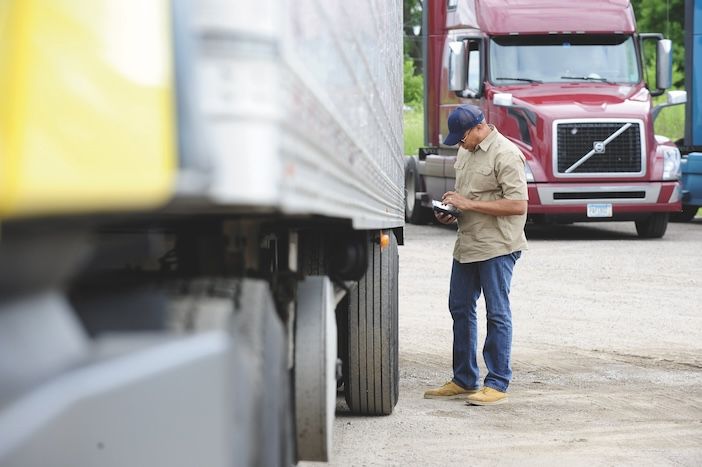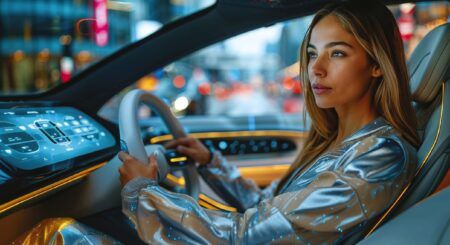Telematics may not have as many use cases as V2X, but it has become a well-established form of connected vehicle technology that is evolving to deliver operational and safety advantages for the benefit of all road users – and could lead the way for future V2X vehicle integration, as Christopher Court-Dobson discovers
While vehicle-to-everything (V2X) technology is transforming safety and traffic flows, with emergency and transit signal priority and live updates for drivers and traffic managers alike, its older, more established cousin, telematics, is working behind the scenes and now becoming more advanced, delivering valuable, actionable information for city and fleet managers.
For public fleet managers, such as those in charge of bus services, law enforcement vehicles or road maintenance fleets, telematics can help to deliver safety and efficiency benefits, monitoring driving styles for legal compliance and insurance purposes, as well as being an extremely powerful tool in planning EV transition.
When it comes to roadworks, legal compliance with restrictions can be a major organizational hurdle, with significant issues if work starts outside of the allotted times.
Concerns around legal restrictions on where vehicles can go, or where work can take place, can be alleviated with telematic geofencing technology (see TTi September 2024) but telematics can also help manage risks.
“If public works are not allowed to start on site before 7am and somebody calls the authorities to say, ‘the guys were there at half six in the morning drilling,’ the fleet operator can prove or disprove that statement,” says Craig Allan, director of specialized sales at telematics firm ABAX.
![]()
Being able to prove, decisively, when and where the vehicle was and what they were doing, can stop a court case before it even begins, which saves money for all concerned.
Some telematics services are still delivered by standalone after-market devices or smartphones. But more recently OEMs have begun integrating functionality into vehicle dashboards, with benefits bundled with the need for over-the-air cloud software updates for their vehicles.
Telematics firms like Trimble, Geotab and ABAX are working in partnership with OEMs to get their advanced software and data integration installed in vehicles as standard.
Driving the EV transition
David Savage, vice president of Geotab’s UK and Ireland operations, is enthusiastic about telematics’ potential to enable and de-risk the sustainability transition. For operators of public transport services, Geotab’s EV Suitability Assessments can be a useful tool deployed to ensure a smooth transition with no loss of service.
“EV Suitability Assessments help operators get started on their electric transition journey,” says Savage. “We use the Go device, which connects into vehicles, and we advocate running that for a period of three to 12 months. A whole year is best, because we can factor in seasonality.”

The Go unit monitors all relevant journey parameters, including route topography, road condition, ambient temperature and traffic. The data helps the operator to mitigate risk of switching to EVs by taking into account beforehand whether existing or prospective routes can accommodate EV range and recharge requirements, taking extensive variables into account.
“The output of that would be a yes/no recommendation. Yes, means you could transition X percent of your electric vehicles now without any adverse impact on your operation,” explains Savage.
This results in detailed information about how many routes/vehicles could transition immediately, and which EVs would be suited to replacing their ICE counterparts. But the service continues to operate once the switch takes place.
“Once they’re on the road, we can look at the state of charge of the vehicles all the way down to the point of asking is the charger actually plugged into the vehicle correctly? Failure to connect is a surprisingly common occurrence, and the next day the vehicles can’t operate,” says Savage.
To make the comparison when it comes to swapping to low-emissions, Geotab’s EV Suitability Assessment relies on a database of vehicle properties. “We look at real-world data and bolster this with WLTP (world harmonized light vehicles test procedure) data sources. And they’re all customizable parameters for the end user,” says Savage.
Fleet interoperability
Currently, in-built OEM telematics operate under different communication protocols. A lack of interoperability and standardization means that only those few vehicles that have protocol integration can communicate. This can be a challenge for road repair fleets which may be made up of different vehicles. “One issue is that fleets don’t use the same type of vehicle, so all of sudden you’re trying to connect a Mercedes to a Ford,” says Allan.
Nevertheless, standardization solutions exist such as OEM.connect, which can operate through the built-in systems of many OEMs including Peugeot, BMW, Ford and Fiat. It translates the protocols into commonly understandable code which can be integrated and displayed as part of its Webfleet software.

Software like OEM.Connect is the missing link, bridging the gap between different OEMs, transforming them into a common readout, and then using that data for a variety of fleet management use-cases.
There is also a push to get OEMs on board with protocol standardization from the get-go. “There’s currently disagreement among the OEMs, the EU has given them until the end of 2026 to agree on a standard. From that point on, hardware becomes increasingly irrelevant from the telematics industry side of things,” says Allan.
Greater standardization means greater dashboard integration with OEMs shipping telematics hardware and interfaces, which could pave the way for similar interoperability of V2X functions.
Can telematics help V2X?
In the V2X world, applications currently rely heavily on the smartphone, which is often only integrated into the vehicle through display mirroring and other peripheral connections. Part of the problem with this is that the data is often only traveling one way, the user is feeding vast amounts of data into the system, but the OEM is not relinquishing as much useful and actionable data to the user or the V2X system as a whole. But integration of telematics could be a useful lever to also get OEMs on board with V2X integration.
“With satnavs all the firms became software providers. Now we’re starting to see that with telematics”
Craig Allan, director of specialized sales, ABAX
The move towards OEM integration of previously aftermarket standalone devices already has a great precedent in satellite navigation systems.
“What happened in the satnav world was all the firms became software providers,” says Allan. “The OEMs sourced the technology into the vehicles. Now we’re starting to see that with telematics, a lot of vehicles are becoming connected.”

For many ‘true data’ companies in the telematics world, it is no longer about the standalone devices that they ship, which are increasingly becoming commoditized and outsourced to global supply chains, instead it is the software, the ways in which the data is collected, interpreted and used, and the in depth understanding of each use case, whether it be for insurance, legal compliance, safety, delivery monitoring or protecting from theft.
The data-crunching takes place in a control center. And it’s this ability to collate and interpret the data in the software which is the real ‘value-added’ of the telematics industry.
Telematics can become vital to the overall vehicle operation as it’s increasingly necessary that firmware updates happen smoothly, with no disruption to the service. Where telematics leads it is reasonable to be hopeful that V2X will follow, with reliable interoperable deployment, in cooperation with OEMs.
A longer version of this article was first published in the September 2024 edition of TTi magazine
Images: AdobeStock, MARCELO – stock.adobe.com





